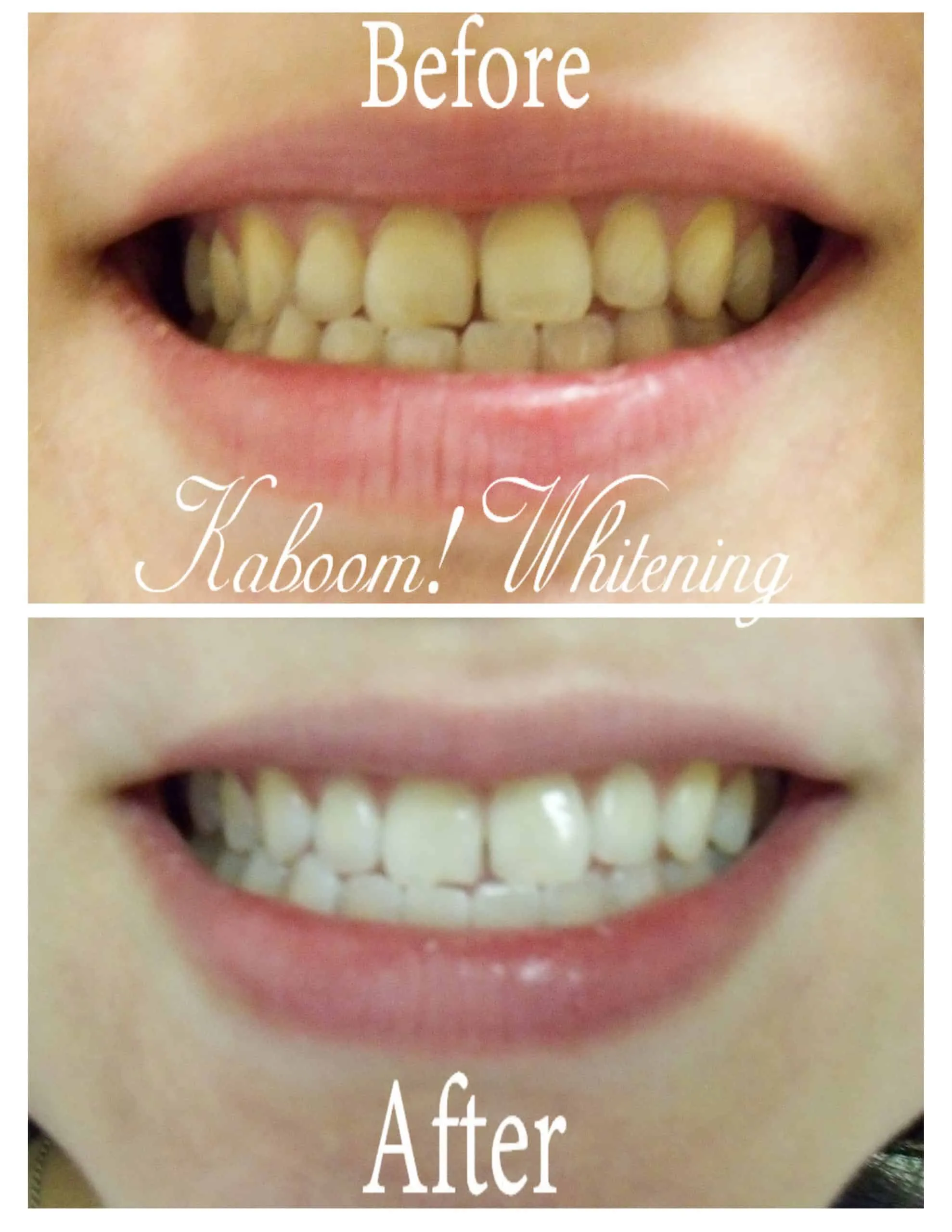The Importance of After Care Teeth Whitening
Undergoing teeth whitening is a fantastic way to boost your smile and confidence, but the journey doesn’t end once the procedure is complete. The after care phase is crucial for maintaining your newly whitened teeth and ensuring lasting results. Adhering to a proper after care routine will not only prolong the effects of your teeth whitening treatment but also protect your teeth from staining and sensitivity. This involves making conscious choices about what you eat and drink, maintaining rigorous oral hygiene, and scheduling regular dental check-ups. Following these guidelines diligently is key to enjoying your brighter, whiter smile for as long as possible. Neglecting after care can lead to a rapid return to your original tooth shade or even worsen existing issues. This is why understanding and implementing the correct after care teeth whitening tips are essential for every individual who invests in this cosmetic procedure.
Avoid Staining Foods and Drinks
One of the most critical aspects of after care teeth whitening involves carefully selecting your diet. Certain foods and drinks are notorious for staining teeth and can quickly reverse the effects of your whitening treatment. These substances contain strong pigments that easily adhere to the enamel, causing discoloration. Therefore, being mindful of what you consume is paramount during this period. This proactive approach helps to prevent staining and allows you to enjoy the benefits of your whitening procedure for an extended duration. Additionally, being vigilant about your diet is a crucial step in maintaining the health and appearance of your teeth, overall.
Foods to Avoid After Teeth Whitening
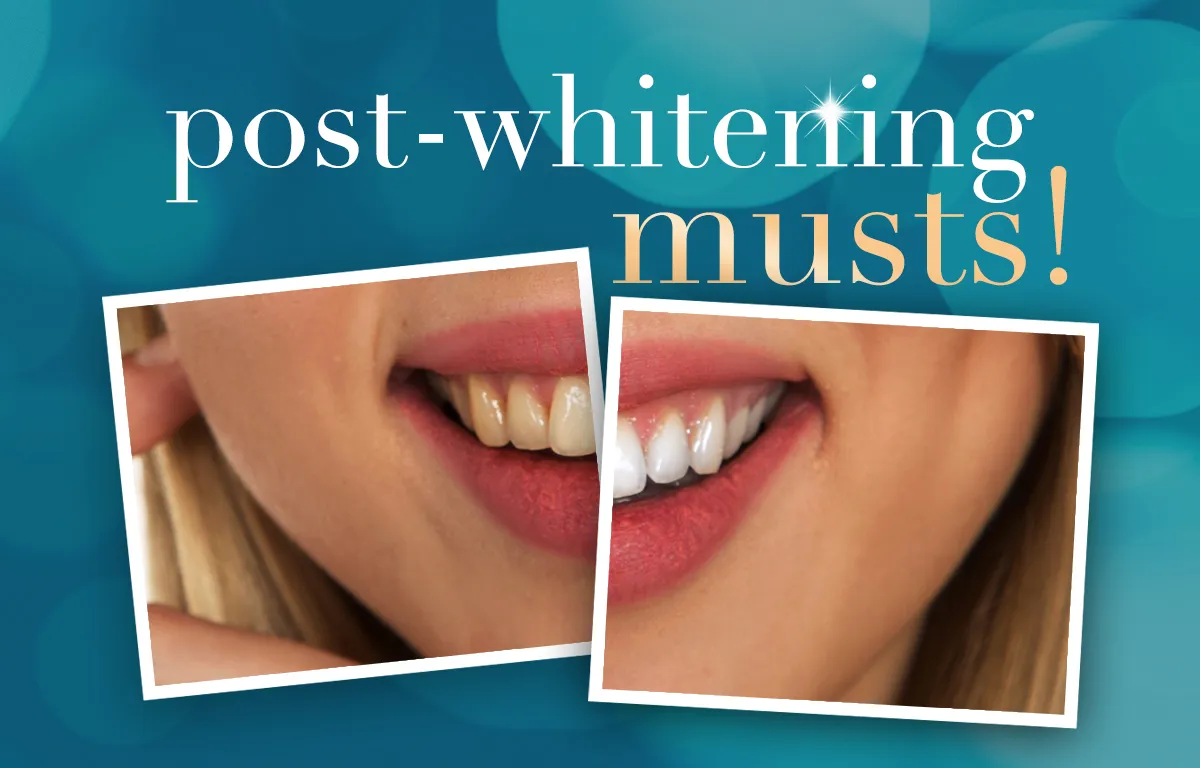
Certain foods should be avoided in the initial days after teeth whitening to prevent staining. Darkly pigmented foods are the primary culprits. Coffee, tea, red wine, and dark-colored sodas should be strictly avoided. Think about the foods that stain your clothes. Berries such as blueberries, blackberries, and raspberries contain intense pigments that can easily stain your teeth. Sauces, including soy sauce, balsamic vinegar, and tomato-based products, should also be avoided. Curries and heavily spiced dishes can also lead to discoloration. When in doubt, it’s safer to avoid foods with vibrant colors. Stick to a diet of white or lightly colored foods for at least the first 24-48 hours after your treatment.
Drinks to Avoid After Teeth Whitening
In addition to avoiding certain foods, it’s equally crucial to be mindful of the beverages you consume. Dark-colored drinks are the primary source of potential staining. Coffee and tea are particularly damaging due to their high concentration of tannins, which are compounds that cause discoloration. Red wine is another major culprit, containing pigments that bind strongly to the teeth. Dark sodas and fruit juices, such as grape juice or cranberry juice, should also be avoided. Instead, opt for clear or lightly colored beverages like water, milk, or clear sodas. Hydrating with water is not only beneficial for your overall health, but also supports your after care teeth whitening regimen.
Practice Excellent Oral Hygiene
Maintaining impeccable oral hygiene is the cornerstone of successful after care teeth whitening. Thorough brushing and flossing are essential to remove food particles, plaque, and bacteria, all of which contribute to staining and discoloration. Regular and effective oral hygiene practices also promote overall oral health. It ensures that the effects of teeth whitening last longer and minimizes the risk of other dental issues. Adopting these habits early on is crucial to achieve the desired results and maintaining a bright, healthy smile. This includes brushing your teeth properly, flossing regularly, and using a suitable toothpaste. Incorporating these steps into your daily routine is very beneficial.
Brushing Your Teeth
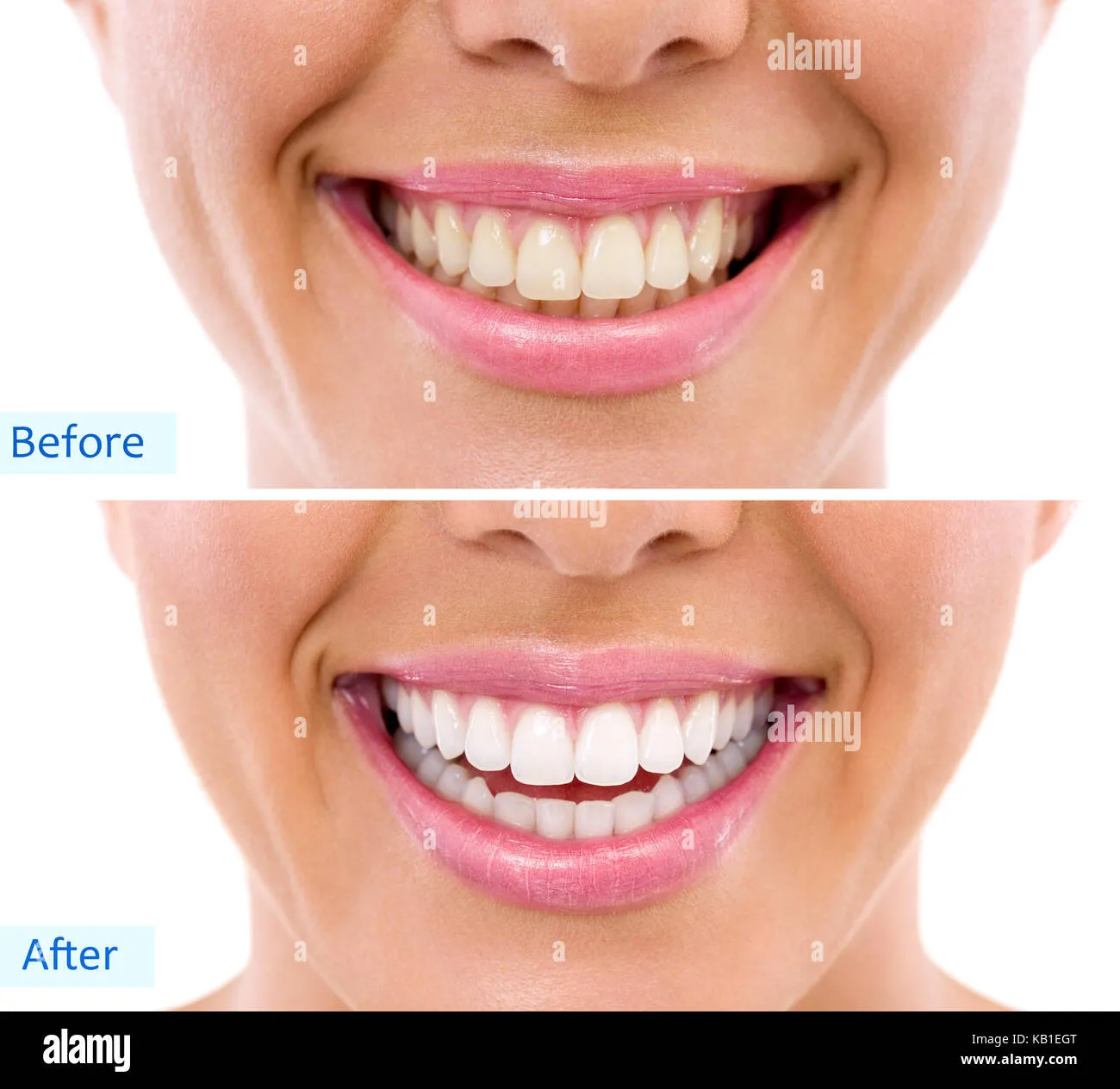
Brushing your teeth is a fundamental part of the after care process, playing a vital role in removing food debris and preventing stain buildup. It’s recommended to brush your teeth at least twice a day, for two minutes each time. Use a soft-bristled toothbrush to avoid any damage to your enamel, particularly after teeth whitening when your teeth might be more sensitive. Make sure you use gentle, circular motions, ensuring you clean all surfaces of your teeth, including the front, back, and chewing surfaces. Don’t forget to brush your tongue to remove bacteria and freshen your breath. Proper brushing technique helps to maintain the brilliance of your whitened teeth and contributes to overall oral health.
Flossing Regularly
Flossing is an indispensable component of after care, as it reaches areas that brushing alone cannot access. Flossing removes plaque and food particles from between your teeth and along the gumline, which are common areas for staining. It’s crucial to floss at least once a day, ideally before brushing, to dislodge any trapped particles. Use about 18 inches of floss, wrapping it around your fingers, and gently guiding it between each tooth. Make sure to clean both sides of each tooth and beneath the gumline. Consistent flossing not only prevents staining but also reduces the risk of gum disease and promotes better overall oral health. Regular flossing will help in extending the effects of your teeth whitening treatment.
Use a Whitening Toothpaste
Choosing the right toothpaste is critical for the ongoing maintenance of your newly whitened smile. A whitening toothpaste can help to remove surface stains and gently polish your teeth, keeping them bright. However, not all whitening toothpastes are created equal. It’s essential to select one that is effective yet gentle on your enamel to avoid any potential sensitivity or damage. Furthermore, whitening toothpastes can act as a valuable tool in your oral hygiene regimen, helping to maintain and extend the longevity of your teeth whitening results. Regular use of a suitable whitening toothpaste, combined with proper brushing and flossing techniques, can make a significant difference in the appearance of your smile.
Choosing the Right Toothpaste
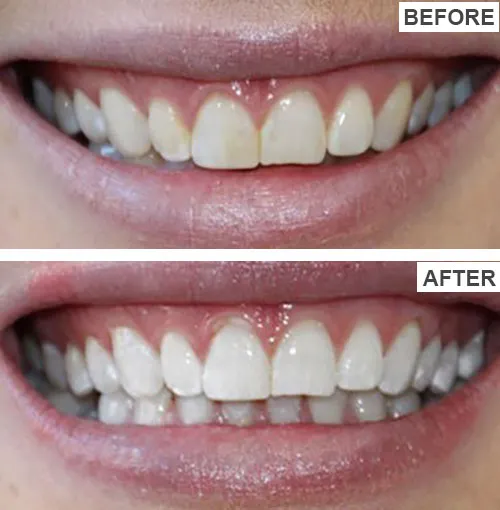
When selecting a whitening toothpaste for your after care, consider products that contain ingredients like hydrogen peroxide or carbamide peroxide. These ingredients are effective at removing surface stains and polishing the teeth. Also, look for a toothpaste that contains fluoride, as it helps strengthen your enamel and protects against cavities. Consider toothpastes with a low abrasiveness to avoid damaging your enamel. Look for products with the American Dental Association (ADA) seal of approval, indicating that the toothpaste has been evaluated for safety and effectiveness. Consulting with your dentist can also provide personalized recommendations based on your unique needs and the type of whitening treatment you have undergone.
What to Avoid in Toothpaste
While certain ingredients in toothpaste can be beneficial for teeth whitening, there are also components you should try to avoid. Stay away from toothpastes with high levels of abrasives, as they can potentially erode your enamel over time. Avoid toothpastes that contain harsh chemicals or artificial additives. Additionally, be cautious with toothpastes containing ingredients that may cause sensitivity, especially if you experience teeth sensitivity after whitening. Always read the ingredient list carefully, and if you have any concerns, consult with your dentist for guidance. Making informed decisions about the toothpaste you use can significantly contribute to maintaining the health and appearance of your teeth.
Maintain Regular Dental Check-ups
Scheduling and attending regular dental check-ups is essential for comprehensive after care. Professional cleanings and examinations ensure that your teeth remain healthy and your whitening results are maintained. Your dentist can identify any issues early on, such as the presence of stains or developing cavities, and take appropriate action. Regular check-ups also provide an opportunity for your dentist to assess the overall health of your teeth and gums, and offer tailored advice. Dental professionals are very helpful. They can provide professional cleanings that remove surface stains, and offer recommendations for maintaining your white smile.
The Benefits of Check-ups
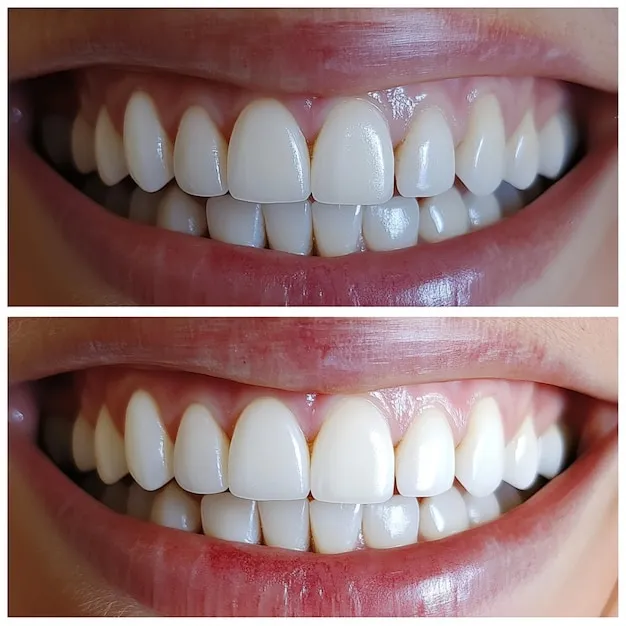
Regular dental check-ups provide numerous benefits beyond maintaining your teeth whitening results. Dentists can detect early signs of dental problems, such as cavities, gum disease, and other oral health issues. Early detection allows for timely and effective treatment, preventing the issues from worsening. During your check-up, your dentist can also remove plaque and tartar buildup that you may not be able to eliminate with your regular brushing and flossing. These cleanings are very important for maintaining healthy gums and preventing the development of gingivitis or periodontitis. Moreover, check-ups enable you to get professional advice on how to best care for your teeth. Dental check-ups are vital for a healthy and beautiful smile.
What to Expect at a Check-up
During a typical dental check-up, your dentist will perform a thorough examination of your teeth and gums. This will usually involve a visual inspection, using specialized tools to check for cavities, decay, and other dental problems. Your dentist or hygienist will also conduct a professional cleaning to remove plaque and tartar buildup. They will polish your teeth to remove any surface stains and give them a brighter appearance. You may also have X-rays taken to identify any hidden issues. Your dentist will discuss any findings with you, provide personalized recommendations for maintaining your oral health, and address any concerns or questions you may have. Always ensure that you communicate any sensitivity or discomfort you are experiencing.
Use a Straw for Beverages
Using a straw is a simple yet effective method for protecting your teeth from staining beverages. By directing the liquid away from your teeth, you can minimize direct contact with enamel, which reduces the risk of discoloration. This is particularly helpful when consuming drinks known to cause staining, such as coffee, tea, and dark-colored sodas. This simple practice can help you maintain your whitened smile for a longer duration, allowing you to enjoy your favorite beverages without compromising your teeth’s brightness. Also, it helps reduce the overall risk of staining, as it limits the time and surface area of contact between your teeth and potentially staining substances. Integrating this practice into your daily routine is a convenient and easy way to extend the life of your teeth whitening treatment.
Why Using a Straw Matters
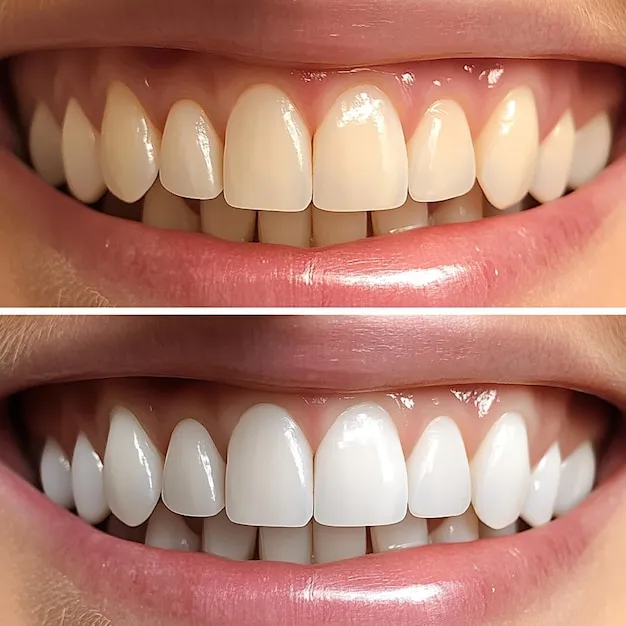
Using a straw is an important aspect of after care, as it plays a significant role in preventing stains. When you drink without a straw, your teeth are directly exposed to the staining agents present in various beverages. These pigments can easily adhere to your enamel and cause discoloration. Using a straw bypasses your teeth, reducing their exposure to these staining agents. By minimizing contact, you can significantly reduce the chance of your teeth being stained, ensuring that your whitening results last longer. This practice is very helpful and a small change can have a substantial impact on maintaining your radiant, white smile. It is a very simple but beneficial habit to adopt.
Best Straw Practices
To maximize the effectiveness of using a straw for teeth whitening after care, there are a few best practices to keep in mind. First, use a straw for all beverages, but especially those with high staining potential, such as coffee, tea, and soda. Position the straw towards the back of your mouth, ensuring that the liquid bypasses your front teeth. Clean the straw properly after each use. Opt for straws made from materials like stainless steel or silicone, as they are reusable and more environmentally friendly than disposable plastic straws. Using a straw correctly and consistently will help you safeguard your teeth from stains. Straws will help you to extend the longevity of your teeth whitening treatment.
